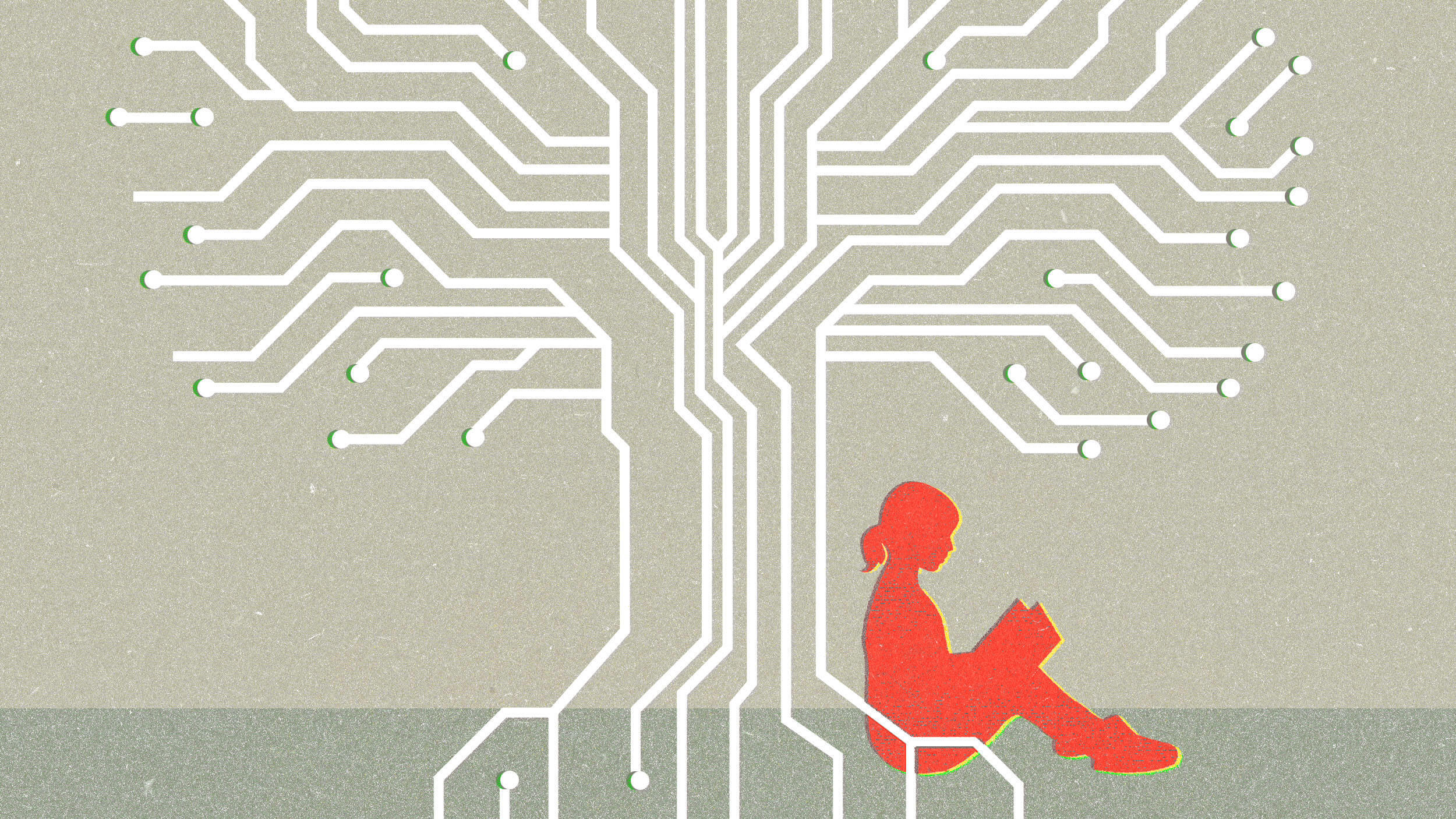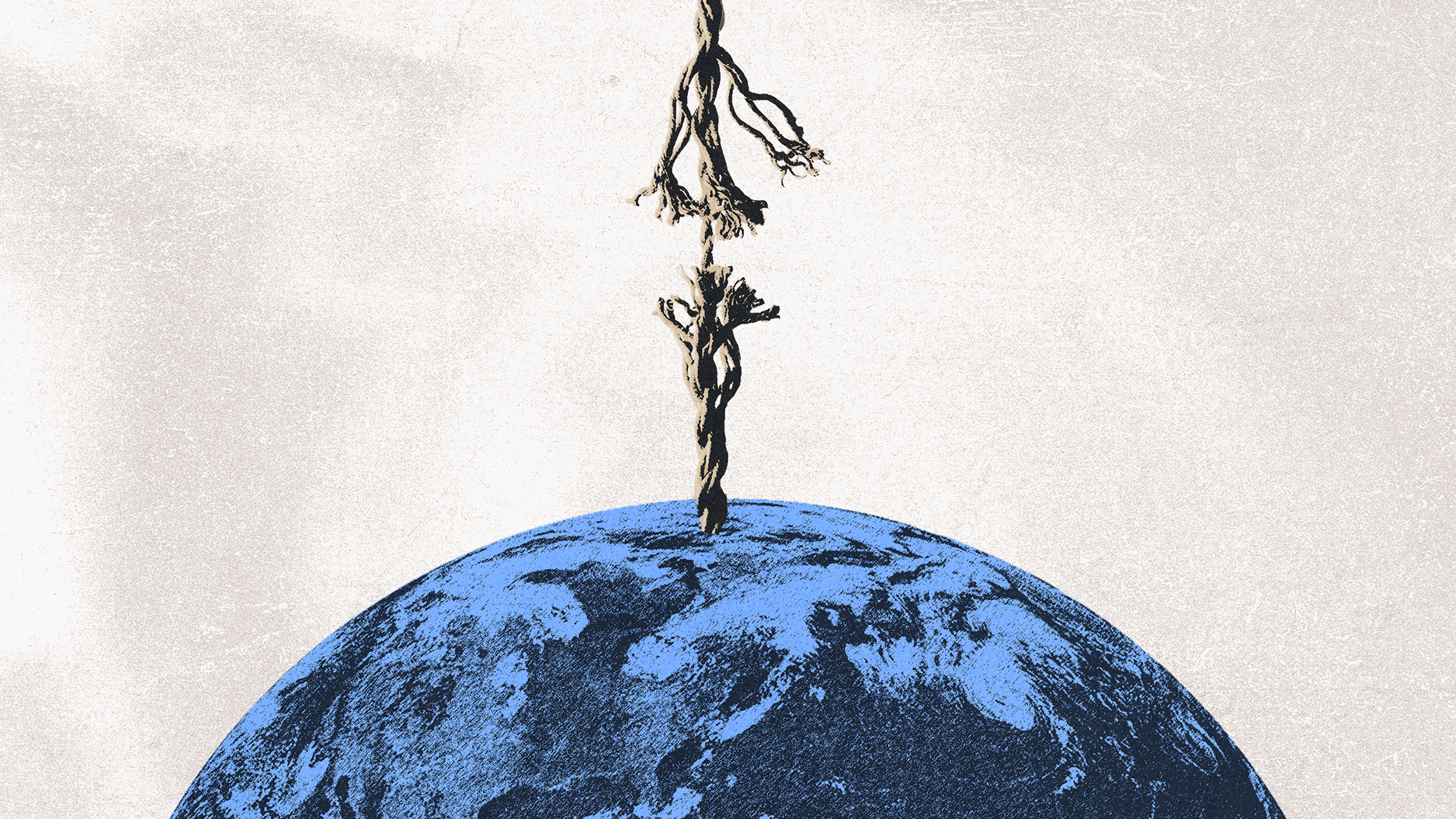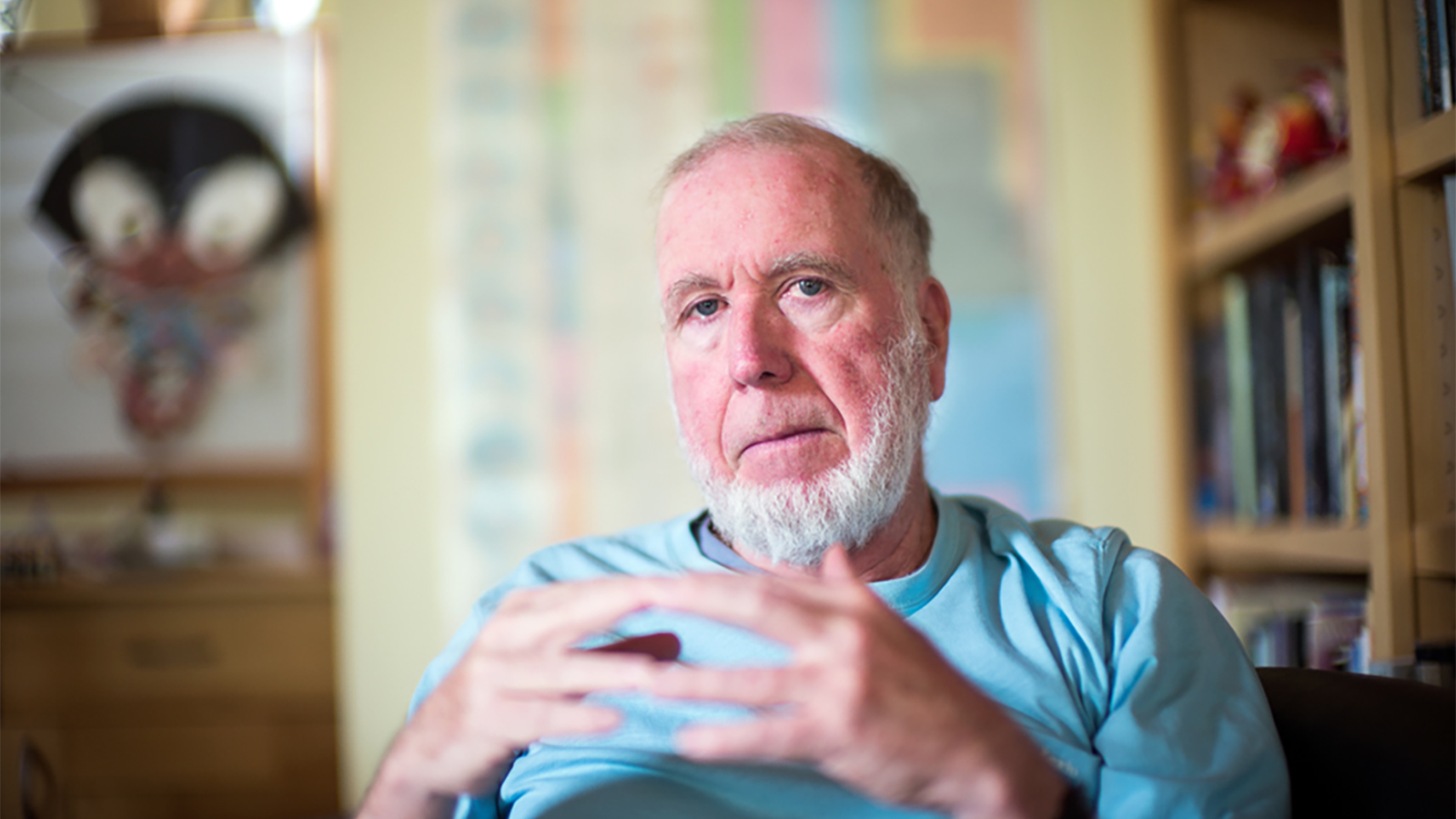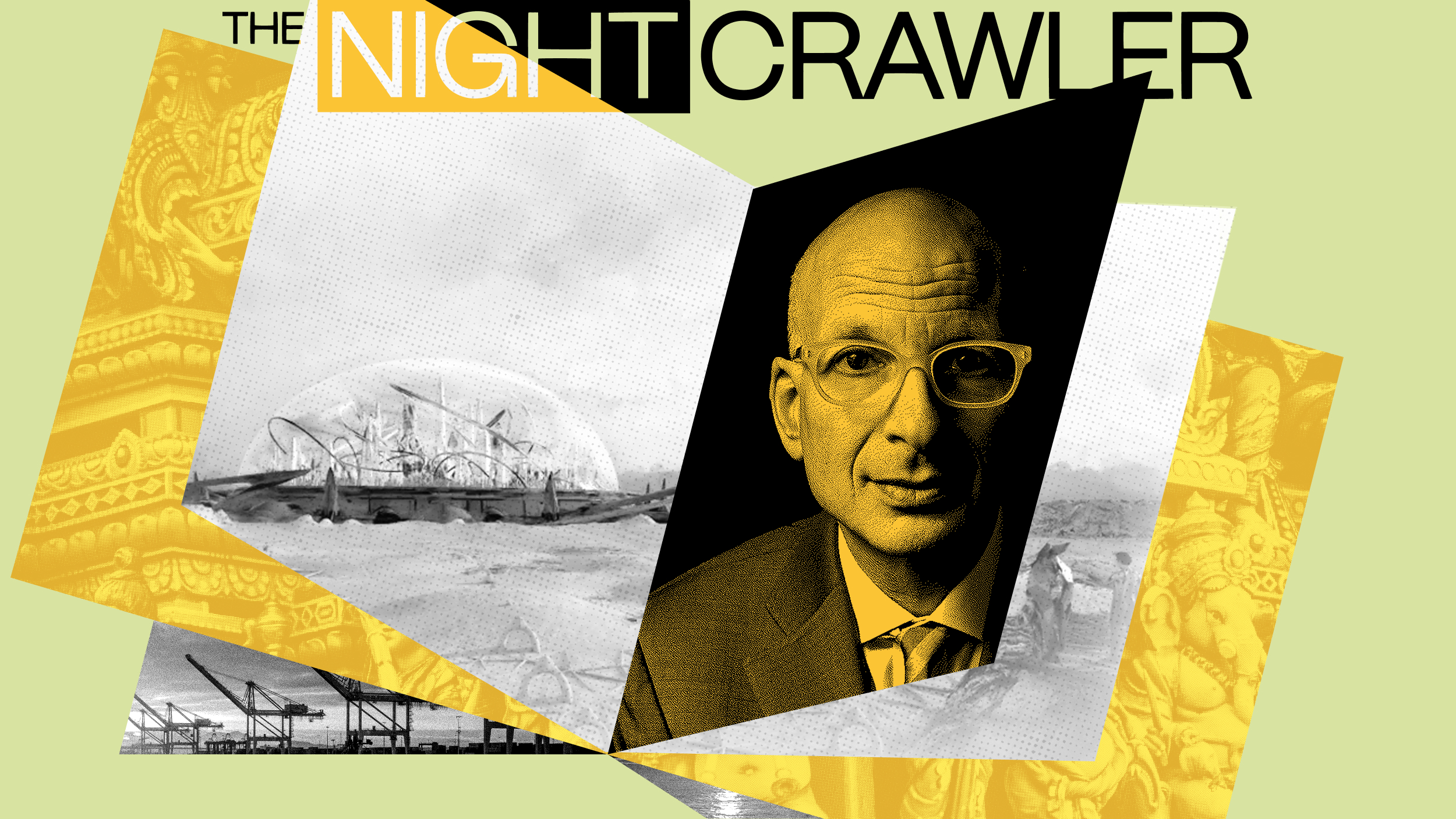Jeremy Rifkin on the coming revolution of the energy internet.
Jeremy Rifkin: Well, we're all familiar with the first Internet, the communication Internet. We've been on it for 24/25 years most of us. We use the Internet all the time to communicate and send information. The energy Internet is very, very new. It's now actually being built out in places like Germany, in Denmark and across Europe so it's no longer academic. Here's how it works.
We are moving toward renewable energy across Europe. We have millions and millions now of buildings, homes, offices, factories, retail stores that have been transformed into micro power plants and they are producing their own green electricity on site, solar panels on the roof, vertical wind on the property, geothermal pumps for energy underneath the ground, bio converters to convert garbage to biomass energy in the kitchens, et cetera. In Germany alone we’ve retrofitted one million buildings, made them efficient, put in the insulation and put these new renewable technologies on the building. A million buildings are producing their own greens electricity. And there's a feed-in tariff that gives them premium for sending their electricity back to the grid, they get more than the market price. So now we're setting up storage and an energy Internet. You have to store these energies. The sun isn't always shining. Sometimes the wind blows at night, you want the electricity during the day so we're putting in all sorts of storage technologies like batteries, flywheels, capacitors and hydrogen. We're most bullish on hydrogen as a storage technology to store these energies so that you can use them when you need them. Because if the suns under the clouds you're in trouble, you've got to store it when the sun is out.
And now we're taking the electricity grid of Europe, the whole transmission grid and we're transforming it to an energy Internet using the same technology we used with the communication Internet. You know, today everywhere in the world, the transmission electricity grid is servo mechanical; it's 60 years old. It isn't even digitalized. It's designed to be centralized and go in one direction. Where the power is generated, nuclear fossil fuel power, then you send it to the passive consumer at the end of the line. So this old transmission grid wasn't designed to handle millions of small players generating green electricity on site, solar wind, et cetera, and sending it back and then controlling the peak and base flows. So we are actually transforming the entire electricity grid of Europe to an energy Internet. So when millions of buildings are producing just tiny amounts of green electricity, storing it in hydrogen like we stored media in digital, then if you don't need some of that green electricity in your home, office or factory at a given moment you can actually send your green electricity across that energy Internet from the Irish Sea all the way to the edge of Eastern Europe just like we create information, store it in digital, share it online. That actual energy Internet is now coming on line in real-time. It's already out there in places like Denmark and Germany and other places.
So, the energy Internet is really the Internet brought to energy and it's a perfect fit. The great economic revolutions in history occur when new energy regimes emerge and new communication revolutions emerged to organize them. In the 19th century as we said you had to have steam power printing to come together with coal and steam power and the locomotive. In the 20th century we had to have centralized electricity and the telephone to manage the complexities of an oil, auto and suburban era. So here in the 21st century the distributive collaborative peer-to-peer Internet communication, and that's its signature, is now converging with energies that are distributed, had to be organized collaboratively and scale peer-to-peer. Renewable energies are distributed, they're found everywhere but they're small amounts. So you have to create critical mass by collaborating across entire continents to organize that energy and then you share them in lateral economies and scale. So, this is the energy Internet that's going along with the communication Internet to form the beginning of this neural network. And this is already happening in real time.
Directed/Produced by Jonathan Fowler and Dillon Fitton






